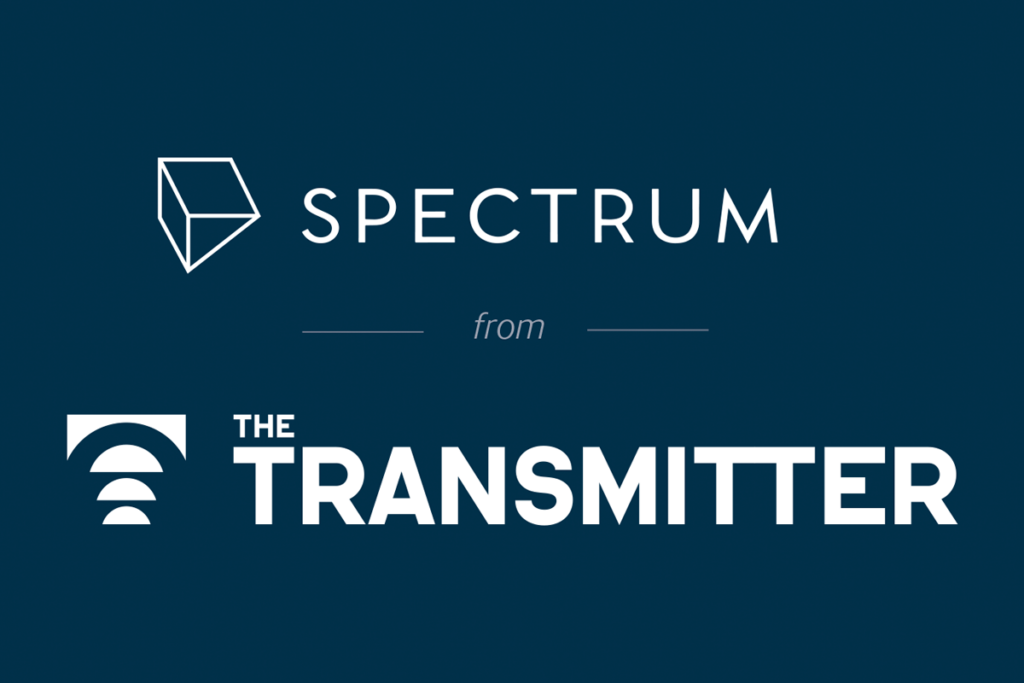ASHG 2015
Recent articles
Analysis makes sense of missense mutations’ role in autism
Analyzing thousands of sequences, researchers have homed in on miniscule portions of the genome that may be crucial in determining autism risk.

Analysis makes sense of missense mutations’ role in autism
Analyzing thousands of sequences, researchers have homed in on miniscule portions of the genome that may be crucial in determining autism risk.
New methods tighten net around autism genes
Autism researchers are sharpening their statistical tools to make sense of the growing pool of autism genes.

New methods tighten net around autism genes
Autism researchers are sharpening their statistical tools to make sense of the growing pool of autism genes.
Dispatches from ASHG 2015
These short reports from our reporter, Jessica Wright, give you the inside scoop on developments at the 2015 American Society of Human Genetics Annual Meeting.

Dispatches from ASHG 2015
These short reports from our reporter, Jessica Wright, give you the inside scoop on developments at the 2015 American Society of Human Genetics Annual Meeting.
Twin study unearths clues to role of environment in autism
Researchers in Sweden are assembling a large group of identical twin pairs, with only one twin in each pair having autism.

Twin study unearths clues to role of environment in autism
Researchers in Sweden are assembling a large group of identical twin pairs, with only one twin in each pair having autism.
Explore more from The Transmitter
Snoozing dragons stir up ancient evidence of sleep’s dual nature
Deep-sleep cycling between brain waves of higher and lower amplitude dates far back on the evolutionary tree, according to a new comparative study of mammals and reptiles.
Snoozing dragons stir up ancient evidence of sleep’s dual nature
Deep-sleep cycling between brain waves of higher and lower amplitude dates far back on the evolutionary tree, according to a new comparative study of mammals and reptiles.
The Transmitter’s most-read neuroscience book excerpts of 2025
Books by Nachum Ulanovsky, Nicole Rust, and Andrew Iwaniuk and Georg Striedter made the list of some of the year's most engaging neuroscience titles.

The Transmitter’s most-read neuroscience book excerpts of 2025
Books by Nachum Ulanovsky, Nicole Rust, and Andrew Iwaniuk and Georg Striedter made the list of some of the year's most engaging neuroscience titles.
Neuroscience’s leaders, legacies and rising stars of 2025
Here are seven stories from the past year about some of the field’s most engaging figures.

Neuroscience’s leaders, legacies and rising stars of 2025
Here are seven stories from the past year about some of the field’s most engaging figures.